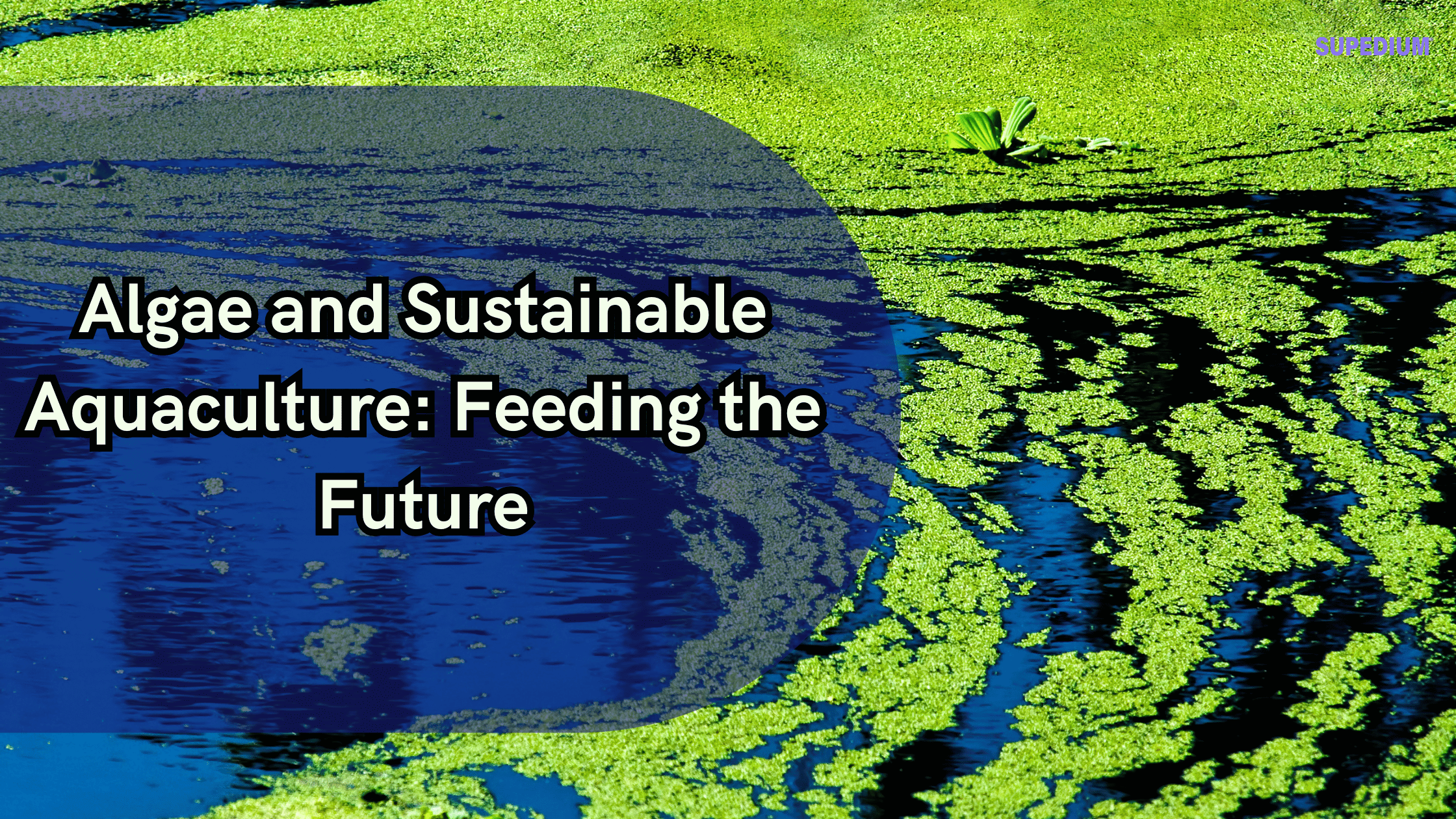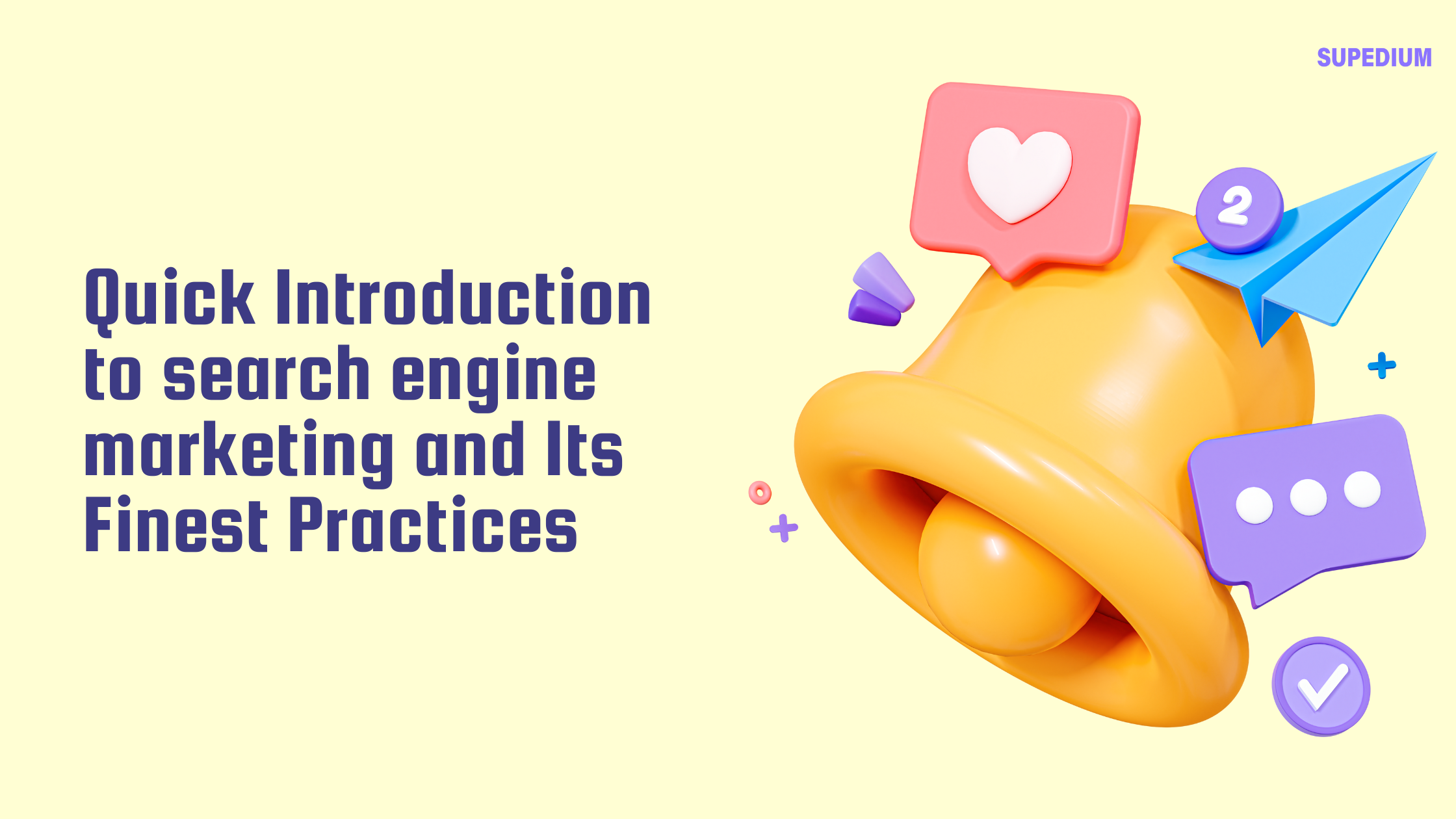Table of Contents
![]()
I. Introduction
As the global population continues to rise, the demand for sustainable food sources becomes increasingly critical. Algae, a diverse group of photosynthetic organisms, presents a promising solution to this challenge. In the context of sustainable aquaculture, algae can play a significant role in not only feeding aquatic species but also enhancing environmental health and food security. This article explores the potential of algae in aquaculture, highlighting its nutritional benefits, cultivation methods, economic implications, and future directions.
II. Understanding Algae
A. Types of Algae
Algae can be broadly categorized into two main types: macroalgae and microalgae.
- Macroalgae, commonly known as seaweeds, are larger, multicellular organisms found in marine environments. They include varieties such as red, green, and brown algae.
- Microalgae, on the other hand, are microscopic, single-celled organisms that thrive in both freshwater and marine environments. They are often rich in nutrients and can be cultivated in controlled conditions.
B. Nutritional Value of Algae
Algae are packed with essential nutrients, making them an attractive option for aquafeeds:
- Protein Content: Many species of algae contain high levels of protein, comparable to traditional fishmeal.
- Essential Fatty Acids: Algae are rich in omega-3 and omega-6 fatty acids, crucial for the growth and health of aquatic organisms.
- Vitamins and Minerals: Algae provide a variety of vitamins (such as A, B, C, and E) and essential minerals like iron and calcium.
C. Environmental Benefits of Algae
Algae play a vital role in maintaining ecological balance:
- Carbon Sequestration: Through photosynthesis, algae absorb carbon dioxide, helping to mitigate climate change.
- Oxygen Production: Algae contribute significantly to global oxygen production, supporting life on Earth.
- Water Purification: Algae can absorb excess nutrients and pollutants from water, contributing to healthier aquatic ecosystems.
III. The Role of Algae in Aquaculture
A. Traditional Uses of Algae in Aquaculture
Historically, algae have been utilized in aquaculture for various purposes. They serve as:
- Feed for Fish and Shellfish: Algae are an integral part of the diets of many fish and shellfish species, providing essential nutrients for growth.
- Biofilters: Algae can act as natural filters in aquaculture systems, improving water quality by removing waste and excess nutrients.
B. Advantages of Using Algae as Aquafeed
Using algae as aquafeed offers several benefits:
- Nutritional Enhancement: Algae can improve the overall health and growth rates of aquatic species.
- Reduction of Reliance on Fishmeal: By substituting fishmeal and fish oil with algae, the pressure on wild fish stocks can be alleviated.
C. Case Studies of Successful Integration
Numerous aquaculture operations worldwide have successfully integrated algae into their feeding practices:
- Specific Species: Species such as tilapia and shrimp have shown improved growth rates and health when supplemented with algae-based diets.
- Outcomes: Farms utilizing algae have reported enhanced feed efficiency, lower production costs, and increased sustainability.
IV. Sustainable Practices in Algal Cultivation
A. Methods of Cultivating Algae
Algal cultivation can be achieved through various methods:
- Open Ponds: These are cost-effective but may be susceptible to contamination and environmental variability.
- Photobioreactors: These closed systems provide controlled environments for optimal algal growth, reducing contamination risks.
B. Environmental Considerations
Sustainable algal cultivation practices minimize environmental impacts:
- Minimizing Land and Water Use: Algae require less land and freshwater compared to traditional crops, making them a resource-efficient option.
- Reducing Nutrient Runoff: Algal systems can utilize nutrient-rich wastewater, reducing pollution and promoting circular economy practices.
C. Innovations in Algal Farming
Recent innovations in algal farming include:
- Genetic Engineering: Advances in biotechnology can enhance the growth rates and nutrient profiles of specific algal strains.
- Technological Advancements: Innovations in cultivation technologies can lead to increased yields and lower production costs.
V. Economic Implications
A. Cost-Effectiveness of Algae in Aquaculture
Algae can be a cost-effective alternative to traditional feed sources. Their high nutritional value can lead to improved feed conversion ratios, translating to lower overall production costs.
B. Market Potential for Algae-Based Products
The market for algae-based products is expanding rapidly:
- Aquafeeds: The growing demand for sustainable aquaculture practices drives interest in algae-based feeds.
- Nutraceuticals and Supplements: Algae are increasingly recognized for their health benefits, opening new markets for products derived from them.
C. Job Creation and Economic Growth
The establishment of algae farms and associated industries can create job opportunities, particularly in rural areas, contributing to economic growth and development.
VI. Challenges and Limitations
A. Scaling Up Production
One of the significant challenges facing the algal industry is scaling up production to meet growing demand. Research into more efficient cultivation techniques and broader market acceptance is essential.
B. Regulatory and Safety Concerns
Regulatory frameworks surrounding the cultivation and use of algae need to be developed to ensure safety and efficacy, particularly when introducing algae into human diets.
C. Public Perception and Acceptance
While algae offer numerous benefits, public perception can be a barrier. Education and outreach initiatives are crucial for increasing awareness and acceptance of algae as a food source.
VII. Future Directions
A. Research and Development Priorities
Investments in research and development are critical for overcoming existing challenges and unlocking the full potential of algae in aquaculture.
B. Policy Recommendations
Governments should create supportive policies that encourage sustainable algal farming practices, including financial incentives and research funding.
C. Role of Education and Awareness
Increasing public awareness and understanding of the benefits of algae can drive consumer acceptance and promote its use in aquaculture and beyond.
VIII. Conclusion
Algae represent a promising avenue for advancing sustainable aquaculture practices and addressing global food security challenges. By harnessing the nutritional benefits and environmental advantages of algae, we can create a more sustainable future for aquaculture. Stakeholders, including researchers, policymakers, and consumers, must work collaboratively to realize the potential of algae in feeding the world.
Share This





Be the first to comment